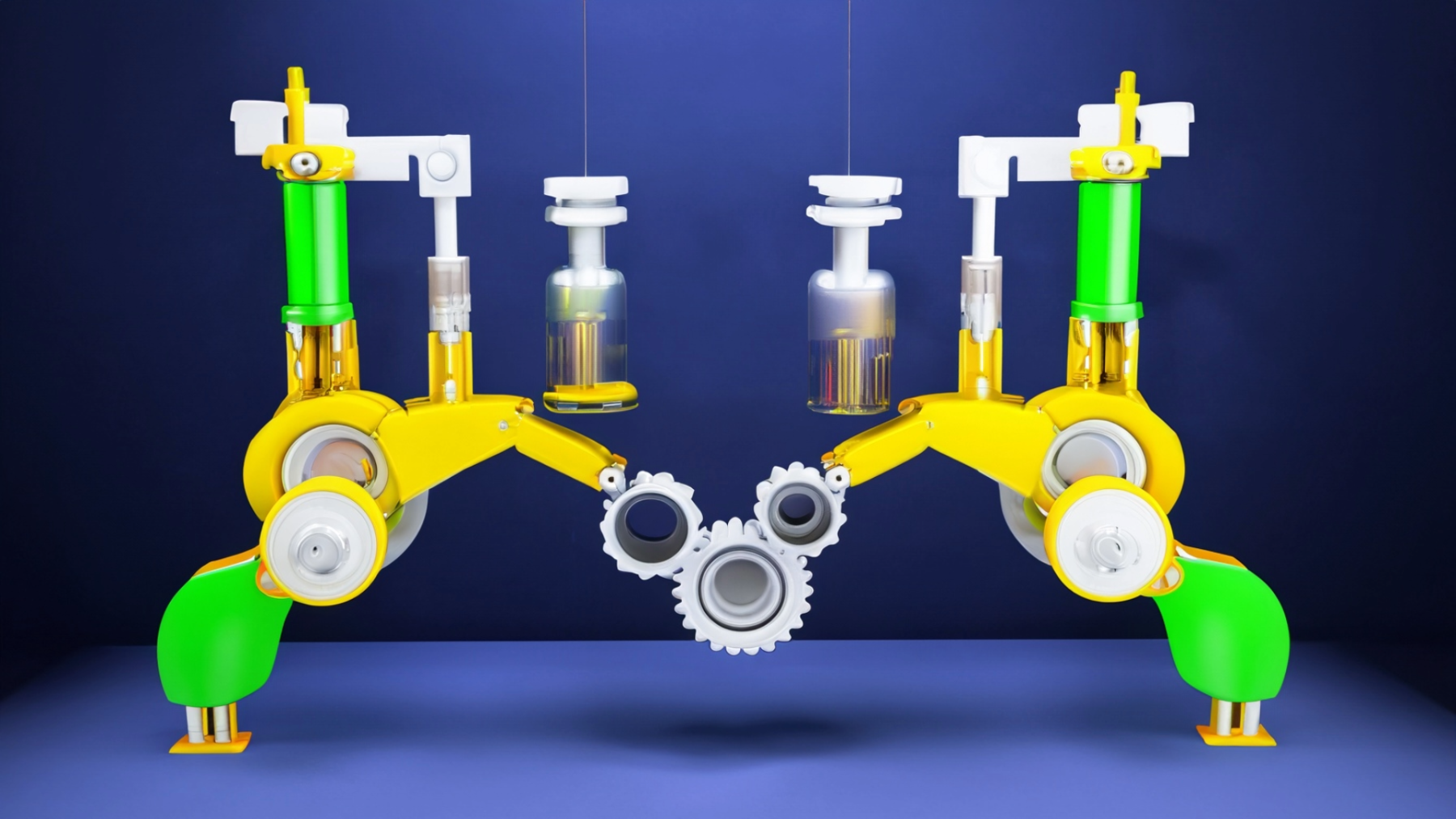
Da Vinci's Bridge Day 1 and 2
by Matthew Heaston
This lesson is part 1 of 2. This lesson is set up to have students explore the friction bridge designed by Leonardo Da Vinci. Students first discover the inventor and become familiar with his life, inventions and the bridge itself. I use this part of the assignment to support ELA, there are other built in opportunities to support other core classes as well. Students can build DAY 1 if they finish the small bit of research. Day two allows them to explore, taking turns trying to build longer and longer bridges by finding better practices and skills.
I provide balsa sticks, but have done this with pencils, chopsticks, twigs, etc. The smaller the stick, the more difficult the build.
Lesson Plan Link/URL
https://docs.google.com/presentation/d/15qz9gAGN7x4p1TyGTgRiVlVeu7Gkof37/edit?u…Subject Area
Science Physical Science P3: Net Force Technology 1. Empowered Learner 2. Digital Citizen 3. Knowledge Constructor 4. Innovative Designer 5. Computational Thinker 6. Creative Communicator 7. Global Collaborator Engineering S1: Engineering & Global Society S2: Apply the Engineering Design Process S3: Apply Mathematics to Engineering S4: Apply Science to Engineering S5: Apply Technology to Engineering Mathematics Measurement and Data (MD) Geometry (G) Ratio and Proportion (RP) English Language Arts (ELA) Reading (Informational Text) Writing Speaking & Listening
Featured
Off
Related Content

Grades:
3rd Grade, 4th Grade, 5th Grade, 6th Grade, 7th Grade, 8th Grade
On the second day students use more complex coding, the built in camera for taking pictures and experience FPV. It has 3 missions total in this lesson. This lesson also uses yaw to keep the camera

Grades:
6th Grade, 7th Grade, 8th Grade
This lesson integrates technology (microbits), engineering design, and career exploration for middle school students. It encourages hands-on learning and critical thinking through the creation of

Grades:
Kindergarten
Kindergarten students will be given a STEM case to solve! The goal is to build a bridge for two different sized/weight of vehicles. Students will research types of bridges and decide which bridge will